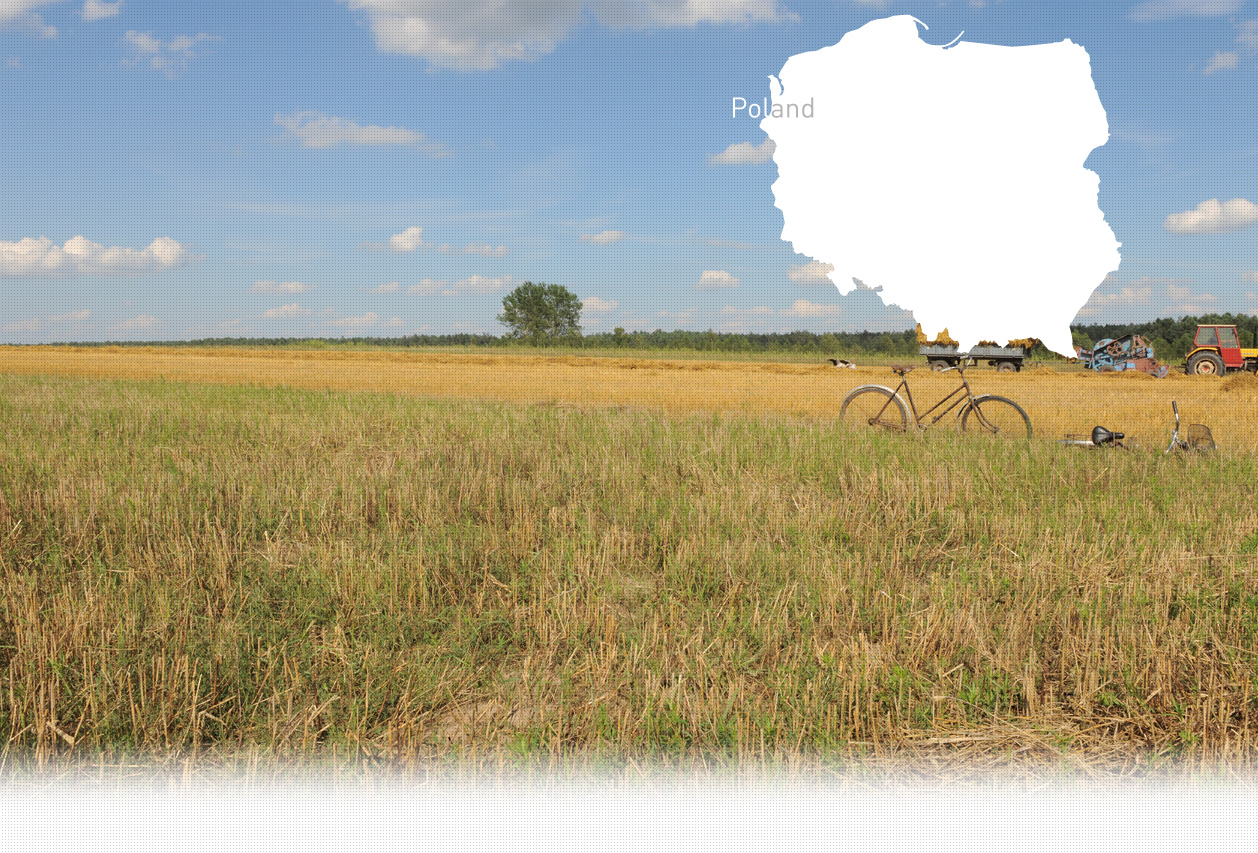

1 Killing site(s)
Antoni T., born in 1930:
“Before the war, about 50% of the population of Łask was Jewish. Jews lived all over the town, but most of them owned houses on the Eastern side of the town as well as on the main square. They were mainly merchants and artisans. There was bricked a synagogue in town, as well as a house of prayer. The synagogue is a voluntary firefighter station today, and the house of prayer, was turned into a dairy farm after the war. Before the war, Jewish children would go to the separate school which was located at Konopnickiej Street. There were three Jewish cemeteries: one next to the synagogue on Konopnickiej Street, a second one in the location of the current high school, and a third one in Podłaszcze, a small village located about 2 km from Łask. There was also a Jewish ritual bath, a mikveh, right behind the synagogue, as well as a kosher butchery. I remember a few names of Jews from Łask, such as Mr. Zyngier and Mr.Tobiasz. The latter was a trader and one of the very few survivors of the war. He survived because before the war he went to the army and when the war began, was taken as an army POW.”
(Witness n°1110P, interviewed in Łask, on August 21, 2019)
Łask, the capital of Łask County, is a town in central Poland, located 39 km (24Mi) away of Łódź The first Jews started to settle in Łask at the end of the 15th century. According to the census of 1765, there were 891 Jews living in town, and in 1897, this number had grown to 2,862, which represented 68% of the total population.
The 20th century was the time of economic domination of Jewish property owners in Łask. Almost all tanneries, a mechanical weaving mill, a steam mill, a bakery, oil mills and groats belonged to them. The Zionist movement was active in the town during the 1910s. The Jewish community had a synagogue, a Hasidic house of prayer, and cemeteries. There were also two Jewish libraries, a cheder, a Talmud school and a Beth Jacob school. Half of the craftsmen belonged to various guilds. On the eve of the Second World War, Łask was inhabited by nearly 3.5 thousand Jews, making up more or less half of the population. The Jews lived mainly along Widawska, Żeromskiego and Kilińskiego Streets and had a significant influence on the character of the town.
Łask was occupied by German troops in early September 1939. In the days following their arrival, the Germans came to the synagogue and shot the beadle. Subsequently, the synagogue was converted into a slaughterhouse for horses. From the very beginning of the occupation, Germans continue to persecute the Jews. They forbid them from praying in public, looted their stores and houses, ordered them to pay an important contribution. On the holiday of Sukkot, they threw the rabbi Leib Eisenberg into a trash bin. They beat him heavily and tortured his wife in order to make him confess where he hid his valuables. The German sanitary commissioner abused Jewish women.
The Germans established Jewish police in town, as well as the Jewish Council, Judenrat, which was responsible for assigning Jews for forced labor. At first, some Jewish workers were sent to Zdunska Wola to repair two bridges, others had to work for ethnic Germans, the Volksdeutche. Other tasks were removing and breaking tombstones from the Jewish cemeteries and use them to pave the streets of Łask.
The ghetto was established in Łask on February 22, 1940. By November 18, all the Jews from town were forced to move to the ghetto area, located on Garbarska and Tylna Streets. At that time, there were 3,467 Jews, including 630 refugees from different locations, such as Turek and Kalisz, residing in the ghetto, which was way too much for the size of the ghetto. Because of the rough living conditions, famine and diseases, the death rate began to rise. At the beginning, the ghetto was not fenced in, and the Jews could move freely, as long as they did not leave the town limits. They were prohibited from leaving the ghetto area in late 1941. Anyone who was caught illegally outside of the ghetto was killed.
In the summer of 1941, the deportations of the Jews to work camps near Poznan started. If the people listed to be deported did not report, they were rounded up by German Shutzpolizei and the Jewish Police and sent there by force.
The liquidation of the Łask ghetto started on August 24, 1942, when a special SS unit arrived from Łódź. The Jews were brutally chased out of their houses and gathered in a local catholic church, where they spent three days with no food or water. 760 artisans and men capable of work were selected and sent to Łódź. The rest of the Jews, about 2,700 people, were deported to the extermination camp in Chełmno nad Nerem, where they perished.
About 20 Jews from Łask, who had been sent to labor camps, managed to survive the Holocaust.
.
https://kehilalinks.jewishgen.org/lask/Lask%20Jewish%20History.htm
Do you have additional information regarding a village that you would like to share with Yahad ?
Please contact us at contact@yahadinunum.org
or by calling Yahad – In Unum at +33 (0) 1 53 20 13 17